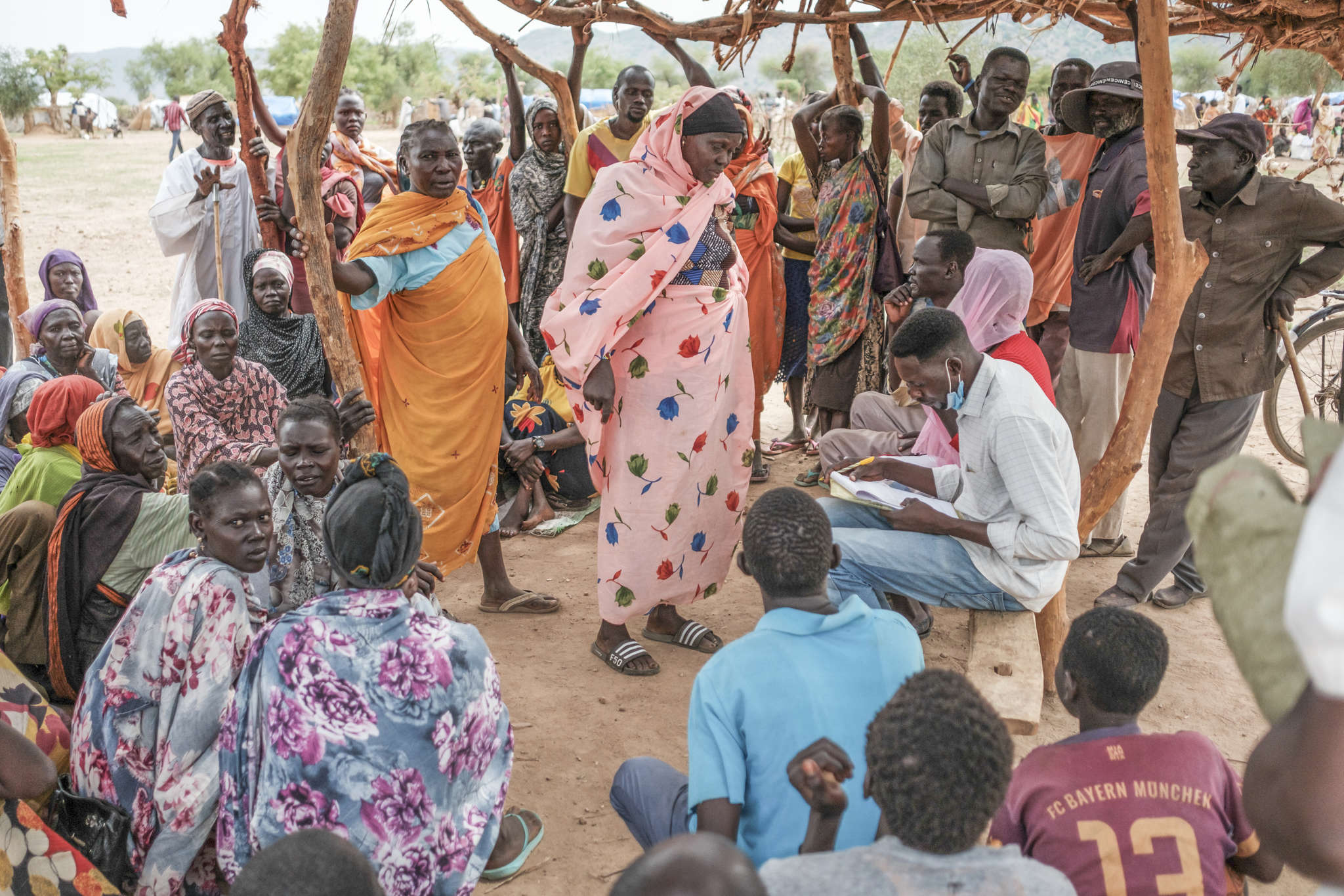The truth behind 5 myths about global poverty

As 150-plus world leaders began gathering at the United Nations over the weekend, one of the main areas of focus was the adoption of the Sustainable Development Goals, a 15-year effort that Secretary-General Ban-Ki Moon called “a plan of action for ending poverty in all its dimensions, irreversibly, everywhere.”
But in order to meet this goal, the United Nations (UN) and its member nations will have to face some hard truths about the realities of global poverty.
Myth 1: A rising tide is lifting all boats

There have been tons — boatloads perhaps — of data predicting that globalization would drive economic progress for the world as a whole. But, to date, reality hasn’t matched the rhetoric.
The encouraging statistics we have seen over the last 15 years with the Millennium Development Goals in terms of poverty reduction have largely been driven by success in China and India. This does not mean poverty is history; it is just more concentrated. According to the Organization for Economic Cooperation and Development, 43 percent of the 1.5 billion people living in extreme poverty — on less than $1.25 per day — live in the world’s 50 most fragile countries, which are, for the most part, immersed in protracted conflict.
Unless we focus foreign aid there, this percentage is projected to rise to 62 percent by 2030.
Myth 2: Hunger is a thing of the past

Many people may associate famine and global hunger with decades gone by. Indeed, earlier this year the United Nations published an encouraging report highlighting the tens of millions of fewer hungry people today than in 1990. While a truly significant accomplishment, progress has been uneven. Hunger has actually increased by 44 million people in Sub-Saharan Africa alone, with 800 million people elsewhere in the world still suffering from hunger and malnutrition.
Tell Congress it's time to end the cycle of global hunger. Sign our petition ▸
Myth 3: Money will solve everything

While increased foreign aid budgets from the world’s economic powerhouses can still do wonders when it comes to achieving many of the Sustainable Development Goals, money will not be enough. The world’s 50 most fragile countries need political and economic stability before they can begin to imagine life without poverty. Humanitarian crises have become increasingly entrenched. Today 60 million people are displaced, more than at any time since World War II.
This spring will mark the fifth anniversary of the Syrian civil war, which shows no sign of ending. Hundreds of thousands of refugees from Syria and Africa are arriving in Europe. Meanwhile, in Sudan, Yemen, Ukraine, the Democratic Republic of Congo, Central African Republic and too many other places, intractable political problems and violent conflicts have created enduring poverty and displacement for millions of people.
There must be political will and political solutions to end these conflicts.
Myth 4: All foreign aid is created equal

Because lifesaving programs require rapid response, the cost of delivering humanitarian aid — emergency food, water and shelter, for example — are more expensive per dollar than longer-term programs designed to create sustainable solutions. However, because more humanitarian crises today are dragging on for years as in Syria, or decades, like in the Democratic Republic of Congo, tens of millions of dollars are still funding short-term needs, rather than looking for ways to build the resilience of displaced people and the communities hosting them.
The UN and donor governments must work harder — where possible — to move away from higher-cost emergency aid to find more effective ways of meeting needs.
Myth 5: Extreme poverty will be eliminated by 2030

The Sustainable Development Goals’ well-intentioned plan has 17 goals and 169 targets aiming to address almost every conceivable challenge. But the SDGs are still missing the mark: It’s not progress for anyone, anywhere that is most important to achieving global security and prosperity.
Solving global poverty is about addressing underlying systemic drivers of instability. Therefore, it is precisely in the most fragile places that the international community must focus its collective energies, rather than dilute our financial and human resources across countries of varying need. If we do not find meaningful solutions to the instability plaguing the most fragile countries, we will have little hope of achieving these goals and ultimately, lifting 1.5 billion people out of extreme poverty by 2030.


